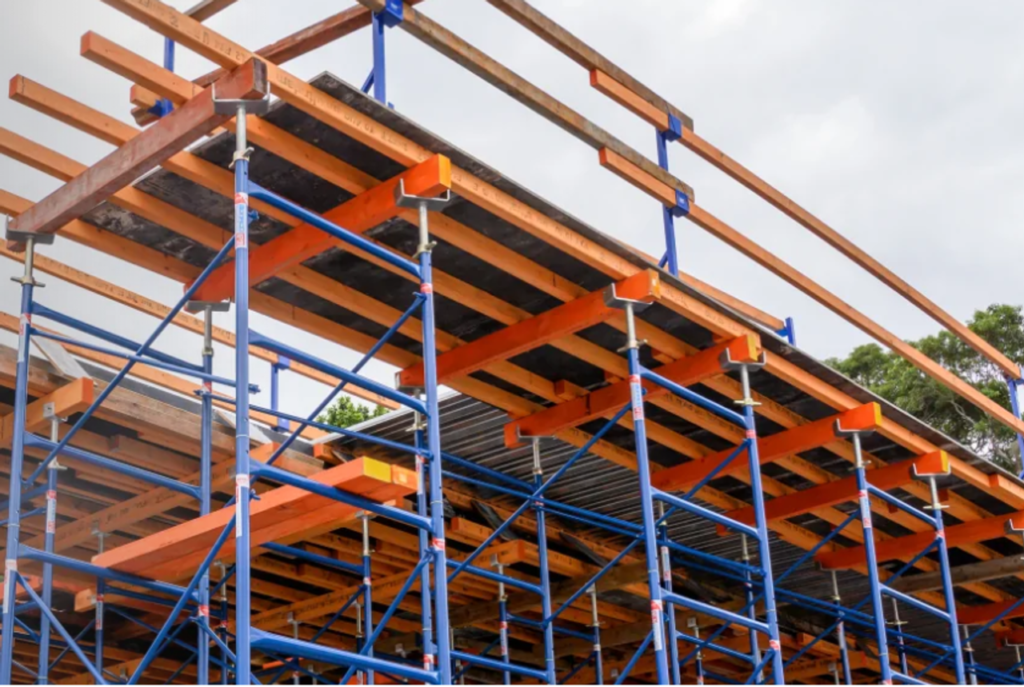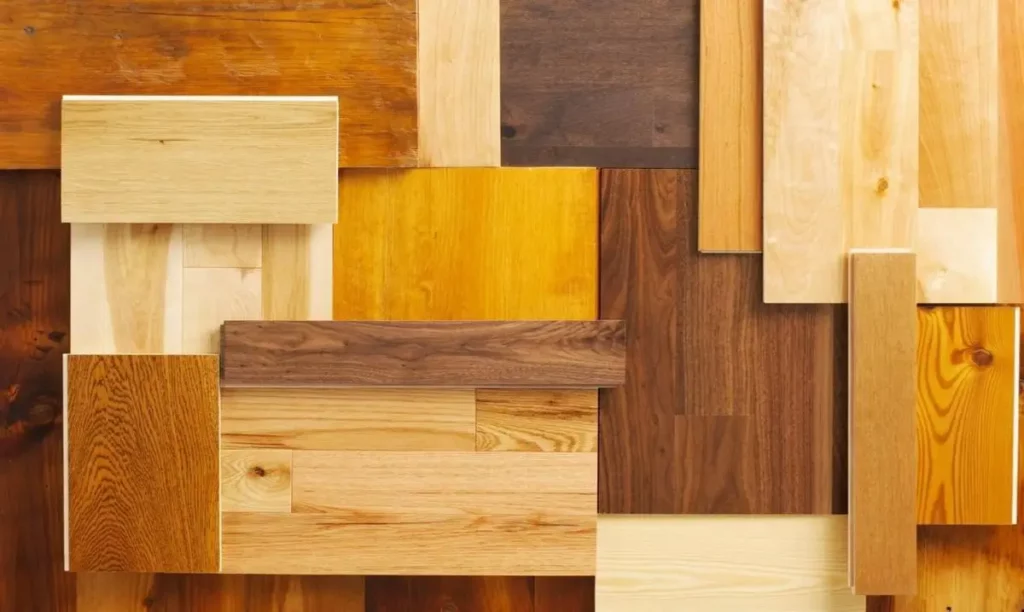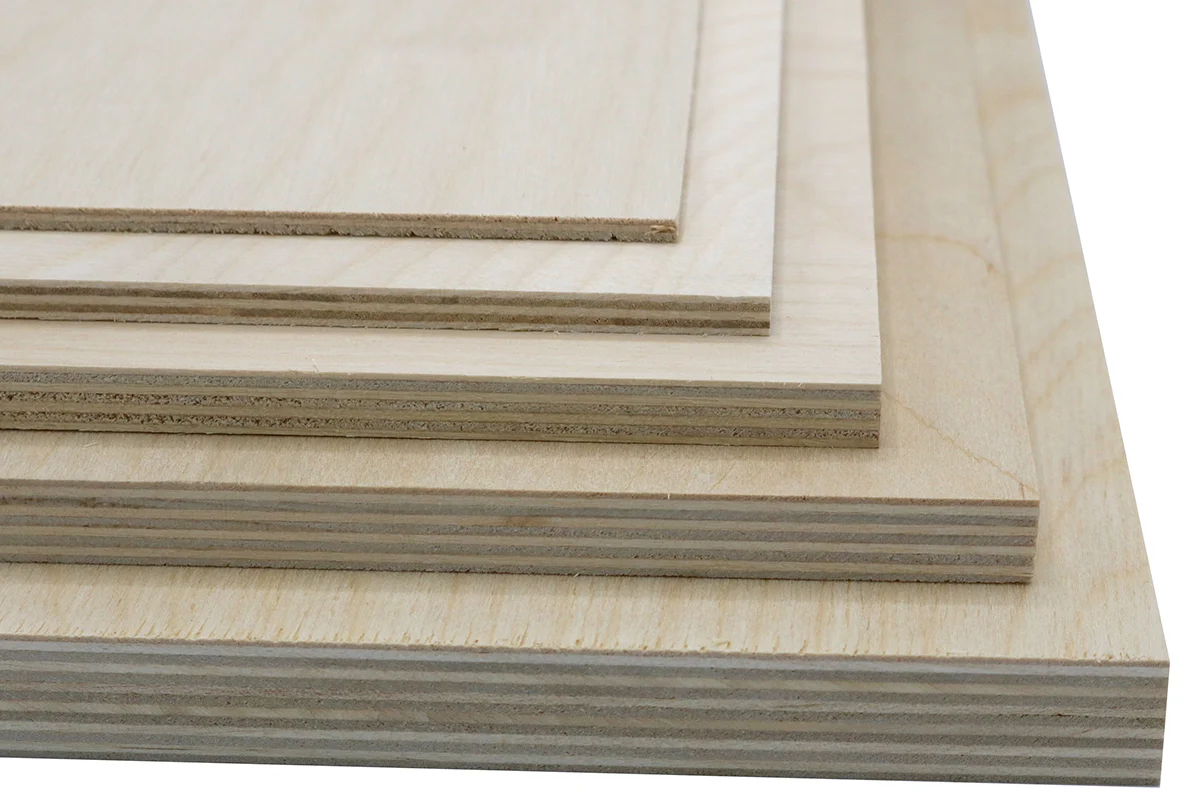Choosing the right formply for building projects in Australia is crucial for ensuring structural integrity, efficiency, and cost-effectiveness. With a variety of options available, understanding the specific requirements of your project can help streamline the decision-making process. This article delves into the essential factors to consider when selecting formply, ensuring that you make an informed choice.
Understanding Formply
Formply, short for formwork plywood, is a type of plywood specifically designed for use in concrete formwork applications. It is manufactured to withstand the pressures of wet concrete and is treated to resist moisture and damage. The durability and strength of formply make it a popular choice in the construction industry.
Typically made from high-quality hardwood or softwood veneers, formply is bonded with a waterproof adhesive, allowing it to maintain its structural integrity even in challenging conditions. Its surface is often coated with a phenolic resin, which provides a smooth finish and enhances its lifespan. This coating not only protects the wood from moisture but also facilitates easier removal from concrete surfaces, reducing the risk of damage to both the formply and the finished concrete.
Choosing the right formply Australia requires careful consideration of various factors, including project requirements, quality, cost, and environmental impact. By understanding the different types of formply available and the specific needs of a project, builders can make informed decisions that lead to successful outcomes.
Formply is also appreciated for its versatility; it can be used in a variety of construction projects, from residential buildings to large-scale infrastructure works. Its ability to be cut and shaped easily allows builders to create complex forms that are essential for achieving the desired architectural designs. Moreover, the consistent quality of formply ensures that contractors can rely on it for uniform results, which is crucial for maintaining structural integrity in any construction endeavour.

Types of Formply
There are several types of formply available on the market, each tailored for specific applications. The most common types include:
- Standard Formply: This is the most widely used formply, suitable for general construction projects.
- Marine Formply: Designed for use in areas exposed to high moisture levels, marine formply is treated to resist rot and decay.
- Structural Formply: This type is engineered for heavy-duty applications, providing additional strength and load-bearing capacity.
In addition to these common varieties, there are also specialised types of formply that cater to niche applications. For instance, fire-rated formply is treated with fire-retardant chemicals, making it suitable for use in environments where fire safety is a priority. Similarly, anti-slip formply features a textured surface that enhances grip, which can be particularly beneficial in outdoor settings or where worker safety is a concern. Each type of formply is designed to meet specific performance criteria, ensuring that builders can select the right product for their unique project requirements.
Key Factors to Consider When Choosing Formply
Selecting the right formply involves assessing various factors that can impact the overall success of a construction project. Here are some of the key considerations:
Project Requirements
Understanding the specific requirements of your project is essential. Consider the type of structure being built, the anticipated load, and the environmental conditions. For instance, projects in coastal areas may require marine formply due to the high levels of moisture and salt exposure. Find more about moisture on https://scied.ucar.edu/learning-zone/how-weather-works/humidity

Additionally, the size and shape of the formwork can influence the type of formply needed. Custom shapes may necessitate specialised formply that can be easily manipulated without compromising strength.
Quality and Durability
Quality is paramount when choosing formply. High-quality formply not only ensures a better finish but also reduces the likelihood of defects during the construction process. Look for products that meet Australian standards, such as AS/NZS 2269, which governs the performance requirements for plywood.
Durability is another critical factor. Formply should be able to withstand the rigours of construction, including exposure to moisture, chemicals, and physical stress. Investing in durable formply can lead to long-term cost savings by reducing the need for replacements and repairs.
Cost Considerations
While quality is essential, budget constraints often play a significant role in the decision-making process. It is crucial to strike a balance between cost and quality. Cheaper options may seem appealing initially, but they can lead to increased expenses down the line due to repairs or replacements.
Comparing Prices
When comparing prices, it is beneficial to obtain quotes from multiple suppliers. This not only provides insight into the market rates but also allows for a comparison of the quality of formply offered. Ensure that the quotes include all relevant details, such as thickness, grade, and treatment. To know more about thickness click here.
Additionally, consider the long-term value of the formply. Higher-quality options may have a higher upfront cost but can save money over time through reduced maintenance and increased longevity.
Supplier Reputation
Choosing a reputable supplier is vital for ensuring the quality of the formply. Research potential suppliers and read reviews from previous customers. A reliable supplier will provide detailed information about their products, including certifications and compliance with industry standards.
Establishing a good relationship with a supplier can also be beneficial. A trusted supplier may offer insights into the best products for your specific needs, helping to ensure that you make an informed decision.
Environmental Considerations
In recent years, environmental sustainability has become a significant concern in the construction industry. When selecting formply, consider the environmental impact of the materials used in its production.
Sustainable Sourcing
Look for formply that is sourced from sustainably managed forests. Certifications such as the Forest Stewardship Council (FSC) or the Programme for the Endorsement of Forest Certification (PEFC) can provide assurance that the wood used in the formply is harvested responsibly.
Additionally, consider the lifecycle of the product. Formply that can be reused or recycled at the end of its life cycle can contribute to a more sustainable building practice.
Reducing Waste
Minimising waste during construction is another important aspect of environmental sustainability. Choosing the right size and type of formply can help reduce offcuts and excess materials. Proper planning and accurate measurements can further ensure that the right amount of formply is purchased, reducing the likelihood of waste.
Installation and Handling
Proper installation and handling of formply are crucial for achieving the desired results in a construction project. Understanding the best practices for working with formply can enhance its performance and longevity.
Installation Techniques
When installing formply, it is essential to follow the manufacturer’s guidelines. This includes using the appropriate fasteners and ensuring that the formwork is adequately supported. Proper installation techniques can prevent issues such as warping or failure under load.
Additionally, consider the weather conditions during installation. Extreme temperatures or humidity levels can affect the performance of the formply, so it is advisable to take precautions to protect it during these times.
Handling and Storage
Formply should be handled with care to prevent damage. Avoid dropping or dragging the sheets, as this can lead to surface imperfections. When storing formply, keep it in a dry, flat area, away from direct sunlight and moisture to maintain its quality.
Proper handling and storage can extend the lifespan of formply, ensuring it remains in optimal condition for use in construction projects.
Conclusion
Investing time in selecting the right formply not only enhances the quality of construction but also contributes to the overall sustainability of building practices. With the right approach, formply can provide a reliable and durable solution for a wide range of construction applications.
Other resources: Why Formwork Plywood is Essential for Strong Construction Projects

